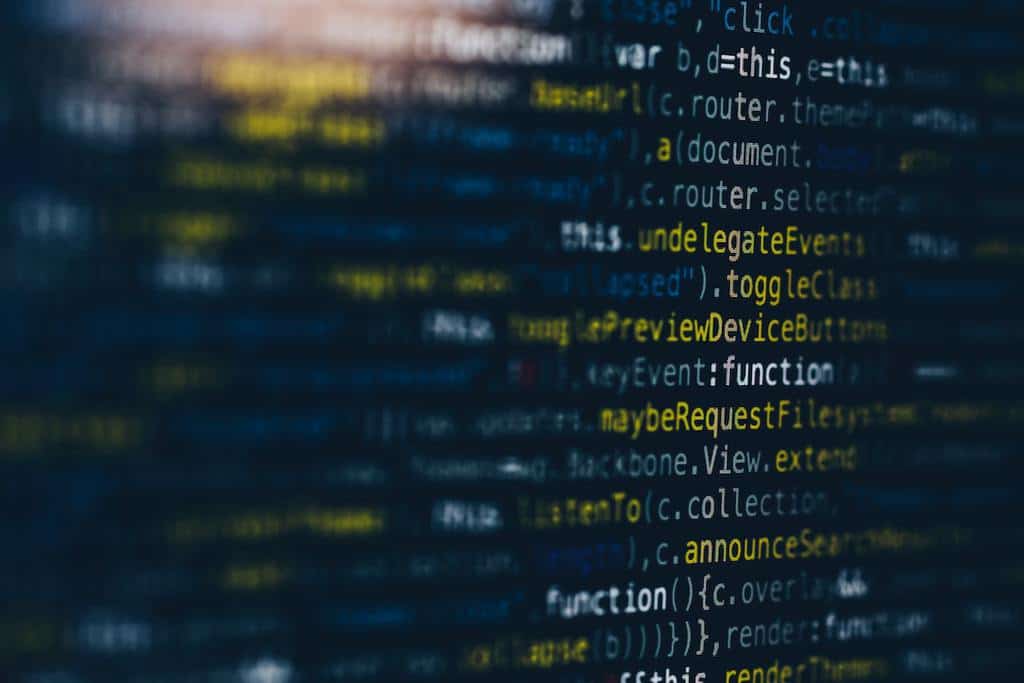What To Know
- If you are working for a big enterprise, chances are that your office computers are thoroughly secure by a comprehensive security infrastructure, and that tiered access to information is a given.
- CHKP), a leading provider of cyber security solutions globally, has released findings from a new assessment carried out amongst 1,200 IT security professionals globally, which examines how the shift to remote work changed organisations’ security practices around users, devices, and access.
Editor’s brief: If you are working for a big enterprise, chances are that your office computers are thoroughly secure by a comprehensive security infrastructure, and that tiered access to information is a given. However, with the global crisis since early 2020, many people had to be locked up in their homes and worked from home (WFH). In such situations, it is unlikely that each home setup has the same comprehensive secure architecture as that of an office. So, are home-based access a boon or bane for network and cybersecurity managers? Check Point Software conducted an assessment from 1,200 IT security professionals, and found a cybersecurity gap between the remote workers and the corporation. Read more below.
SINGAPORE — Check Point® Software Technologies Ltd. (NASDAQ: CHKP), a leading provider of cyber security solutions globally, has released findings from a new assessment carried out amongst 1,200 IT security professionals globally, which examines how the shift to remote work changed organisations’ security practices around users, devices, and access. As the threat landscape evolves and cyber-attacks become increasingly more sophisticated, many organisations have surprisingly not implemented security solutions that ensure best-in-class connectivity and security for remote employees.
Since the pandemic, most businesses have switched over to having all of their employees work from home. While remote work has been widely accepted by businesses, there are still significant security concerns that need to be addressed. Businesses must strike a balance between facilitating the efficiency of remote workers and protecting sensitive information and assets. URL filtering, URL reputation, content disarm & reconstruction (CDR), zero phishing, and credentials protection are the five essential security solutions recommended by Check Point Software to shield remote users from attacks launched over the internet. To secure remote access to corporate applications, however, only 9% of companies surveyed use all five protections, and 11% do not use any of the listed methods at all.
Key findings from globally are:
- The remote-access security gap: 70% of organisations allow access to corporate applications from personal devices, such as unmanaged devices or bring your own device(BYOD). Only 5% of respondents reported they use all of the recommended remote access security methods.
- The need for internet access security: 20% of respondents reported that they do not use any of the five methods mentioned to protect remote users while browsing the internet, and only 9% use all five methods to protect against internet-based attacks.
- A lack of protection against ransomware: 26% of respondents do not have an endpoint solution that can automatically detect and stop ransomware attacks. Thirty-one percent do not use any of the mentioned methods to prevent sensitive business data from leaking outside the organisation.
- Email and Mobile Security: Only 12% of organisations that allow corporate access from mobile devices use a mobile threat defence solution. This highlights how exposed organisations are too fast moving, 5th generation cyber-attacks that target remote workers.
“While many companies have embraced the new hybrid and remote work models, they have not adopted all of the critical solutions needed to secure their remote workforce. This survey confirmed that organisations have a gap when it comes to users, devices, and access security,” said Itai Greenberg, Vice President of Product Management at Check Point Software Technologies. “To bridge this gap, organisations should progress to a Secure Access Service Edge (SASE) architecture. SASE security models provide quick and simple access to corporate applications, for any user and from any device, and protect remote employees from all internet-based threats.”
Overall in 2021, researchers have seen 50% more attacks per week on corporate networks. Enterprises need a unified cybersecurity solution to fortify their defenses and increase their agility in the face of increasingly sophisticated cyber attacks that take advantage of the remote work environment. Security for users, devices, and access points are all handled by a single system thanks to Check Point’s Harmony product. By combining five separate security products into a single, streamlined offering, the solution provides businesses with a high level of protection for their remote workers.
###




